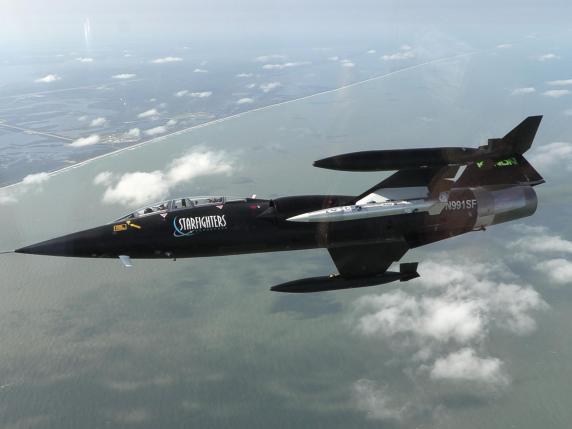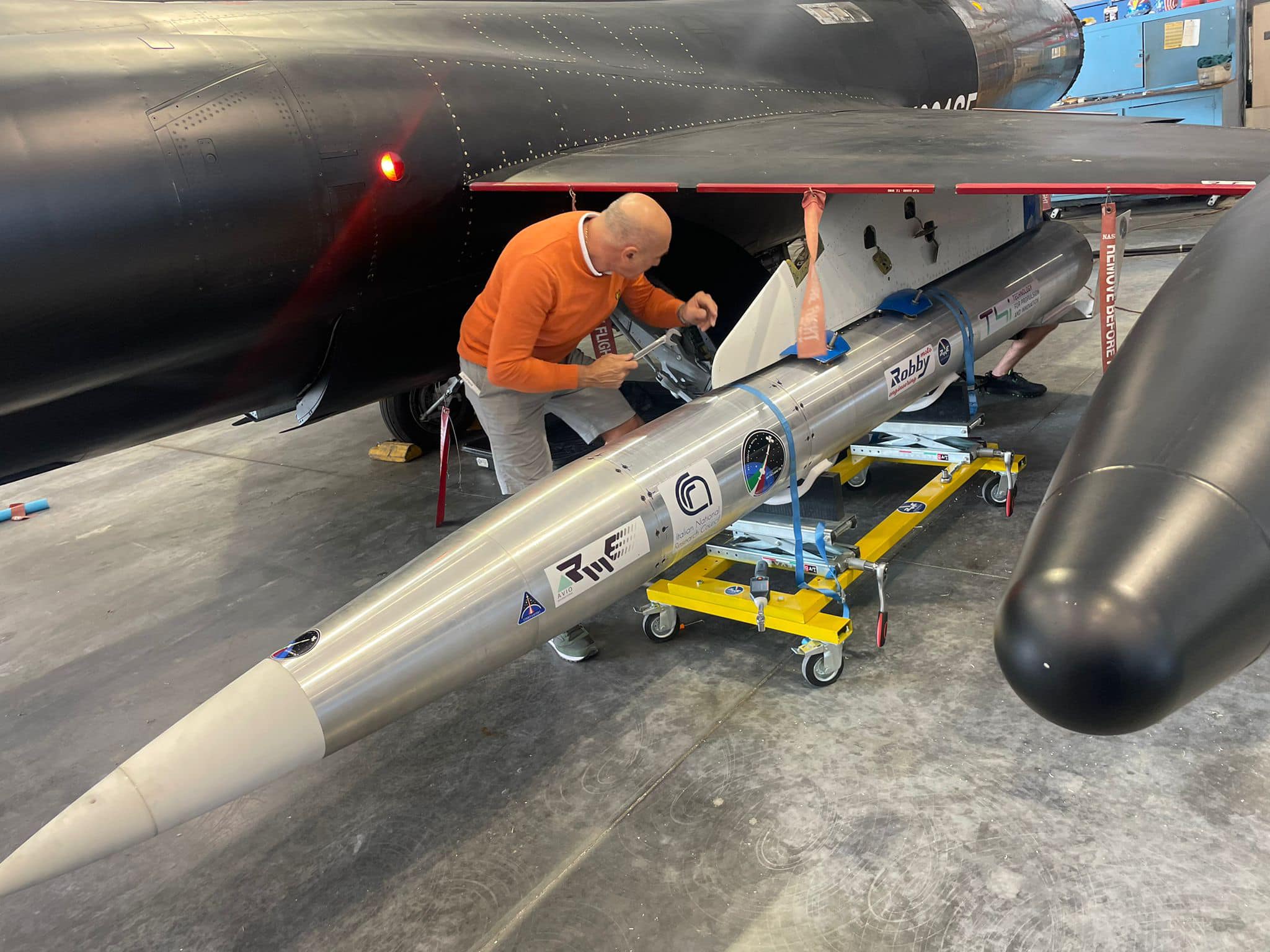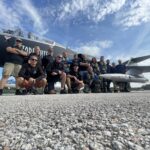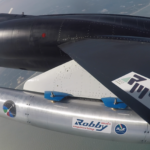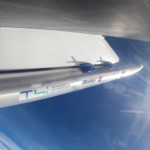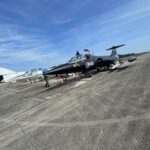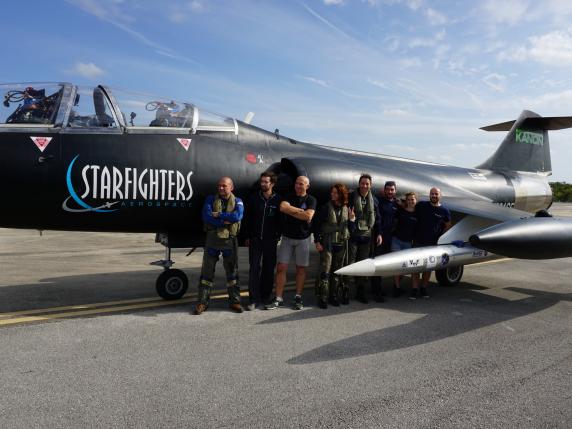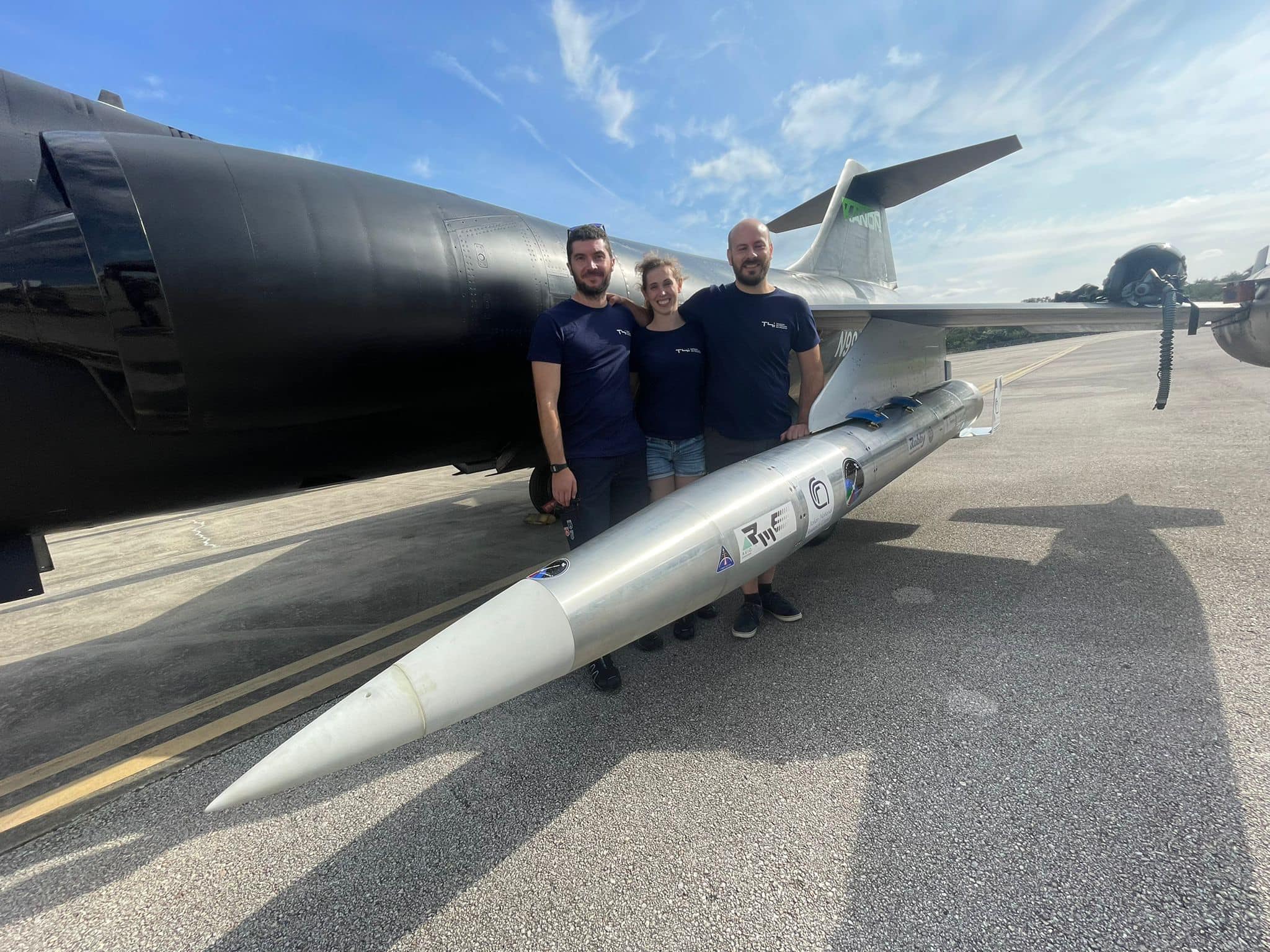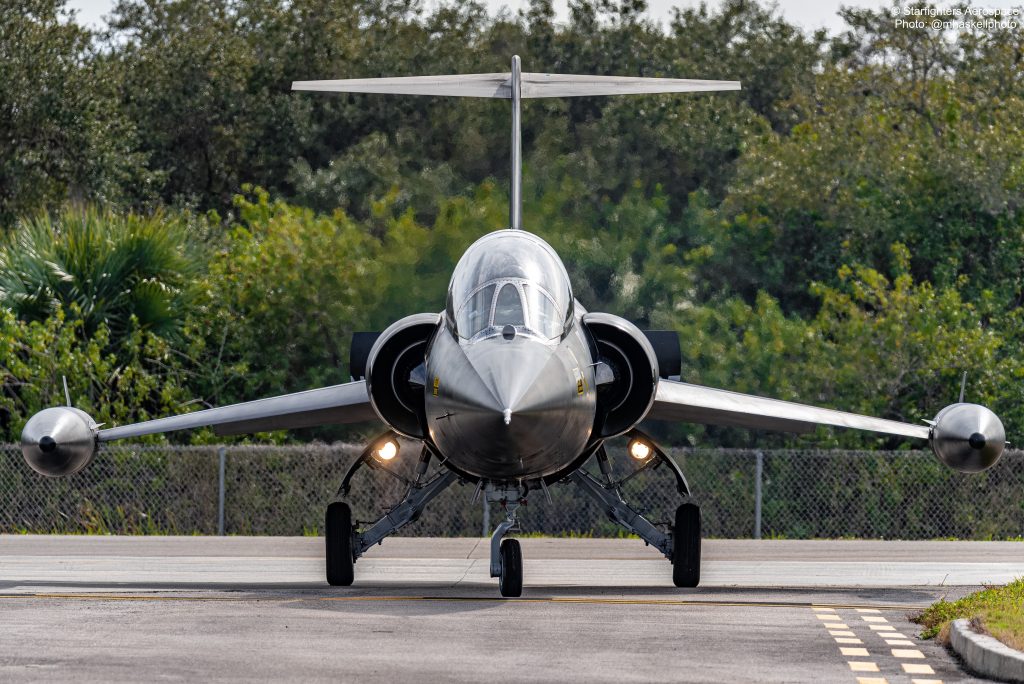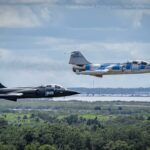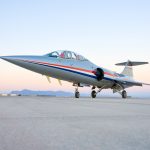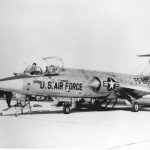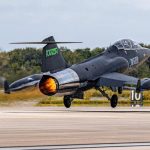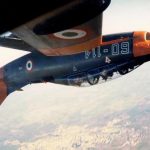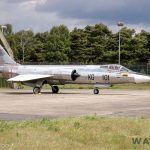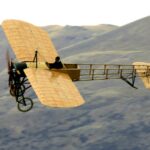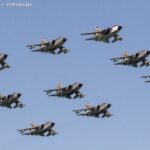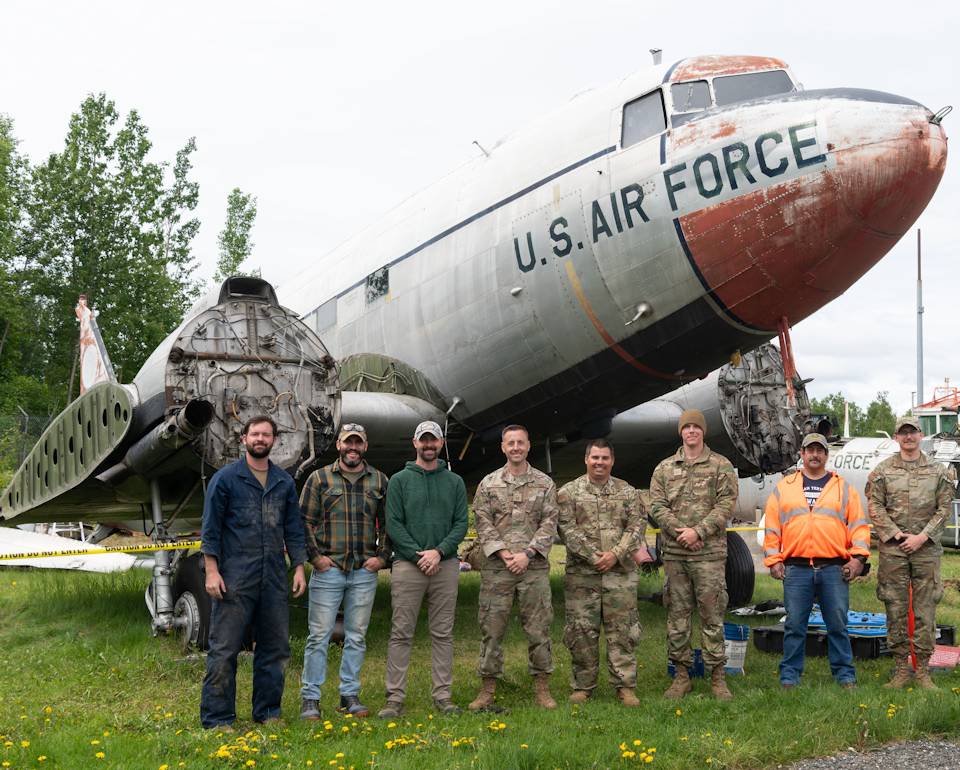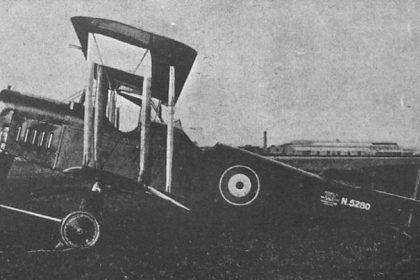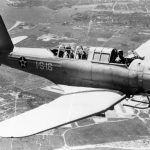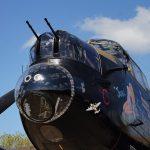Back in October, we reported that Starfighter Aerospace had ramped up its training and flight operations at Kennedy Space Center on Merritt Island, Florida. The company, which fields a fleet of Lockheed F-104 Starfighters, had hinted that a series of upcoming missions and cooperation agreements with other organizations had spurred this activity, but didn’t expand further on what these activities might entail.
However, in early December, a new press release revealed that Starfighters Aerospace is now working with the Italian National Research Council, more properly known as the Consiglio Nazionale delle Ricerche (CNR), which is Italy’s largest public research institution. Starfighters Aerospace is set to perform an intriguing series of flight tests to evaluate a new, air-launched rocket delivery system which CNR currently has under development in collaboration with Italy’s Air Force and Ministry of Defense. This small rocket will eventually have the capacity to place a micro-satellite into near-earth orbit.
Non-operational flight testing for the new rocket has already begun at Cape Canaveral. In late November, Starfighters Aerospace slung the first full-scale, sensor-laden (albeit motor-less) prototype from a hard point under the port wing of TF-104G-M (MM54258/N991SA) and took it aloft. With Piercarlo Ciacchi at the controls, CNR’s technical manager for the project, sat in the TF-104’s rear seat as an observer. Starfighter Aerospace’s president, Rick Svetkoff, flew chase in another of his company’s TF-104s during the test, with another Project Manager for the entire CNR program, in the back of his aircraft. The sortie lasted about fifty minutes and involved a physical evaluation of the test article’s mechanical integrity, aerodynamic properties and suitability for launch from the Starfighter platform. Telemetry data from the test article’s sensors, recorded remotely, gave the development team valuable data regarding the temperatures, pressure, mechanical loading and aerodynamic forces which the rocket will experience prior to launch; this will hopefully ensure that the design is fully ready for the first operational test which CNR hopes to conduct next year.
Commenting on this first step in the flight-test evaluation regime, CNR’s Pantaleone Carlucci noted: “All the maneuvers we performed confirmed the validity of the rocket design and its characteristics in the integration with the aircraft to which it was coupled under the left wing and carried out by Robby Moto Engineering.”
As one might imagine, this flight test involved a set of complex operations which have to be performed perfectly to govern a launch from high altitude. Here, in fact, lies the advantage of using the jet to get the small rocket through the densest layers of the atmosphere, since it negates the need for a heavier (i.e. more expensive) conventional rocket to power the payload to orbit.
Lucia Paciucci also commented on the recent test, stating: “The success of this second phase allows us to continue with other scheduled flights in the coming months in order to explore every aspect of the particular conditions in which the rocket finds itself, both hooked up and in the detachment sequences according to a trajectory stability.”
CNR expects to perform the first complete launch of its new rocket from the F-104 within the next year. That flight will also test the engine which will boost the rocket into a parabolic, suborbital flight with a hoped-for, 100km altitude – the edge of space better known as the Kármán line, as defined by the Fédération Aéronautique Internationale which standardizes such things.
The innovative new hybrid motor which will eventually power the rocket is presently under development with T4i, a small spaceflight engineering firm based in Padua, Italy. T4i put this innovative hybrid engine through its first operational test on February 24th, 2022 when an example powered the successful ground-launch of a sounding rocket from the Poligono Interforze test range at Salto di Quirra on Sardinia.
It is an exciting time for Starfighters Aerospace, as this endeavor with CNR is just the kind of mission they are striving for. But, as we mentioned in a previous article, the company also offers opportunities to licensed pilots with both the means and the urge to fulfill a test pilot’s dream of taking part in flight training at the controls of the magnificent Lockheed F-104 Starfighter. This follows Starfighters Aerospace’s 2018 authorization from the Federal Aviation Administration that opens the skies above NASA’s Kennedy Space Center for pilot training in the legendary supersonic aircraft. An FAA Letter of Deviation Authority, or LODA, allows licensed pilots to receive type-specific training in the same ‘right-stuff’ jets that NASA has used for decades to prepare their astronauts for spaceflight and to conduct aeronautical research. For more information about the company, visit www.starfighters.net
With a veritable squadron of supersonic Lockheed F-104s in their hangar, Starfighters Aerospace is a serious business which offers its unique aircraft as a platform for a variety of aerospace flight testing services ranging from basic research to systems evaluation and beyond. The company serves both the public and private sectors and has generated enough success with its efforts to justify expanding its fleet of Starfighters to include nine airframes!







